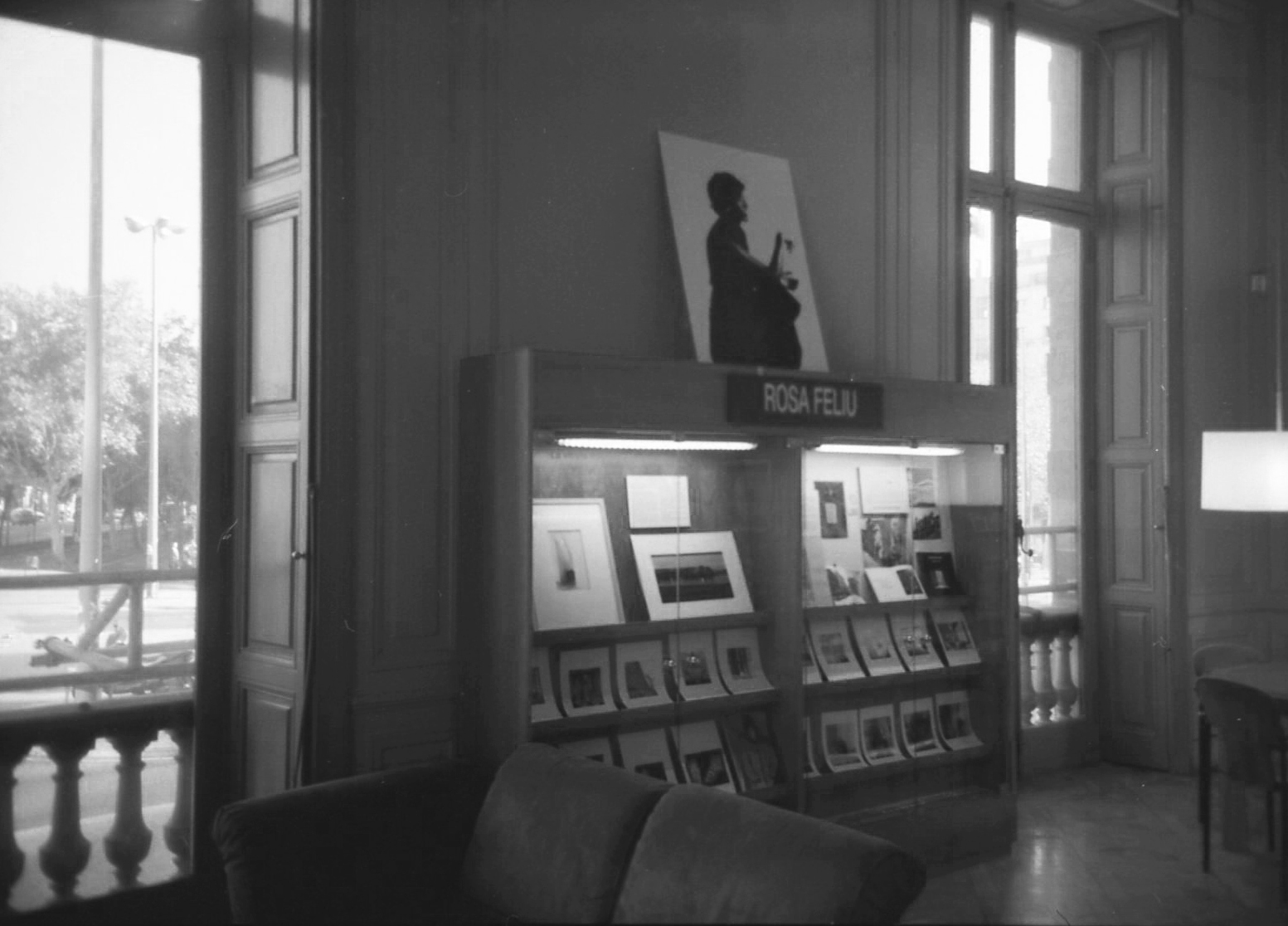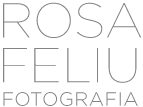
La Vitrina
“A cauliflower, just like a modernist mosaic, can be equally perfect subjects through a precise image that makes them abstract.”
It is not difficult to relate this artistic and professional statement of intent by Rosa Feliu with her personality, and, consequently, it is enormously satisfying to see the coherence between the person, the intentions, and the finished work, in such a way that it becomes a direct reflection of her personality.
Perfection, precise image, abstract…
I believe that Rosa belongs to the small group of people who believe in the possibility of living and working towards an “ideal,” that is, to express the best possible situations. For those who support Rosa Feliu’s position, with a long artistic and vital tradition, the challenge is that her vision may be deemed superficial, or elitist, detached from reality itself. However, I think that the life and professional journey of our photographer demonstrates that her ability to delve deeply into her discipline allows for a completely competent synthesis.
Upon her return from Cambridge (1977), Rosa Feliu began her activity with the founding of the “18×24” studio in Sarriá (with J. Borrás and M. Corominas), primarily dedicated to the reproduction of historical, urban planning maps, etc. From the very beginning, Rosa Feliu understood that the attitude with which one photographs a boring land parcel map is the same, in terms of intensity and precision, as in an “artistic” photo. The documentary exhibitions, the functionality of the documentation for Joan Busquets’ book on the Eixample, or the Catalogue of Artistic Buildings of BCN constitute the most solid professional background. The photos, in the manner of a photographic report, of the cultural weeks at the Barcelona School of Architecture are a valuable document, imbued with the elegance she manages to infuse in her subjects.
This extensive “functional” experience is completed with her time at the Archives of the Museums of Barcelona (1991-1996).
By the nineties, after the first phase of “18×24” ended, Rosa Feliu withdrew and began a series of investigations into photographic techniques (cyanotypes, bichromated gums), which seemingly led nowhere concrete but, in the quiet of her studio in Artà, allowed her to reflect on the limits of technique as an expression in itself, which later influenced the final phase of her work.
In my opinion, the latest manifestation, if it is possible to establish phases in the varied activity of Rosa Feliu, consists of the exhibitions at the Urania Gallery, “Fotosí” and that of Artà. In these photographs, she directly addresses the challenge of expressing perfection, the precise image, the simplicity and essence she has been able to access thanks to her previous experience: the white cups, the flowers, the eucalyptus, etc., are “rounded” creations grounded in the rigor of practice and the objective study of light and color.
I do not want to finish without mentioning the last episode, in which I had the role of client, the Domènech i Montaner exhibition (2000).
Rosa was commissioned to photograph Domènech’s works in Comillas, especially the renovation of the cemetery.
The photographer’s attitude was as I expressed at the beginning: she turned the trip into an ideal adventure, the town of Comillas into a fantastic and optimistic environment for her work, and the buildings she had to photograph into something real but, at the same time, ideal.
The cliff over the Cantabrian Sea, the pale light on the stones, the color of the endless grass tapestry forming, nevertheless, “ideal” –and not idealized– images, propose, as in all of Rosa Feliu’s work, a much more cultured and civilized vision.
Barcelona, Palau Robert, October 11, 2001
Lluís Domènech Girbau, architect
